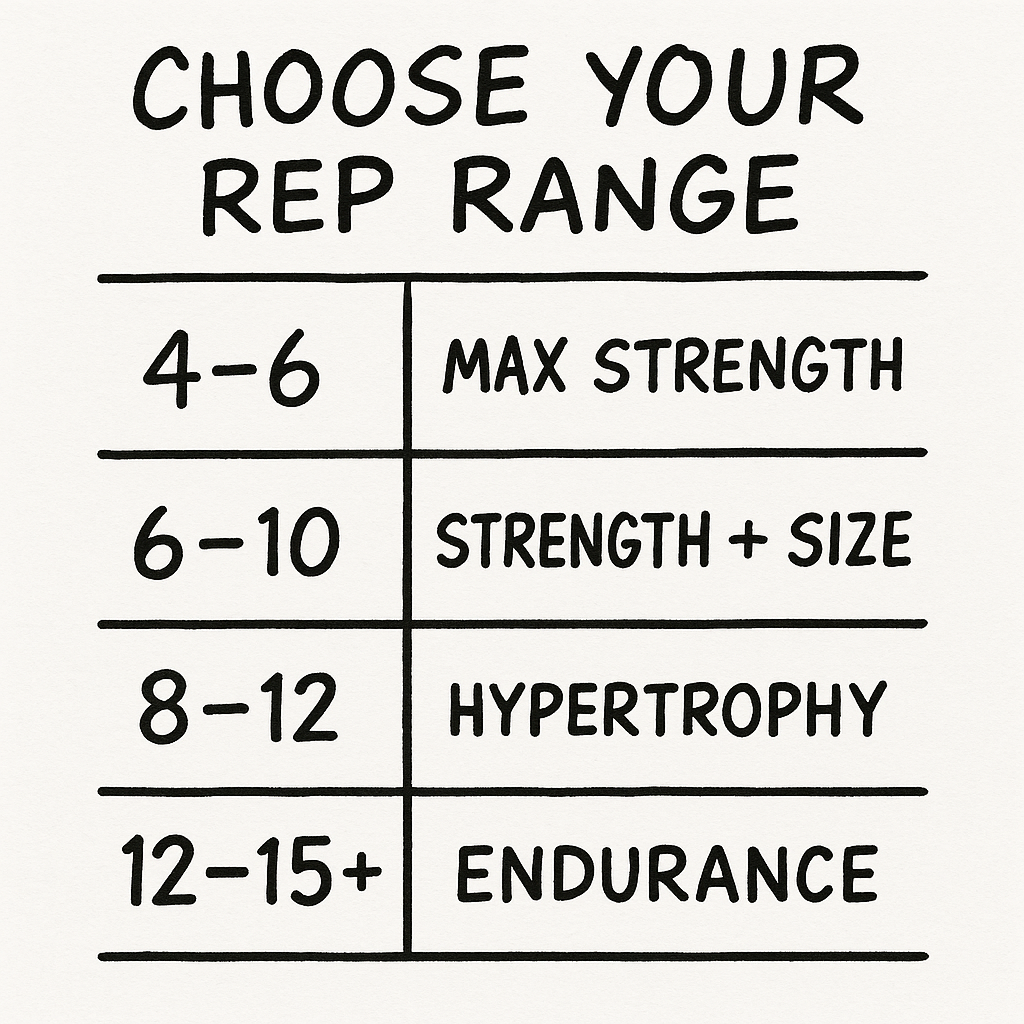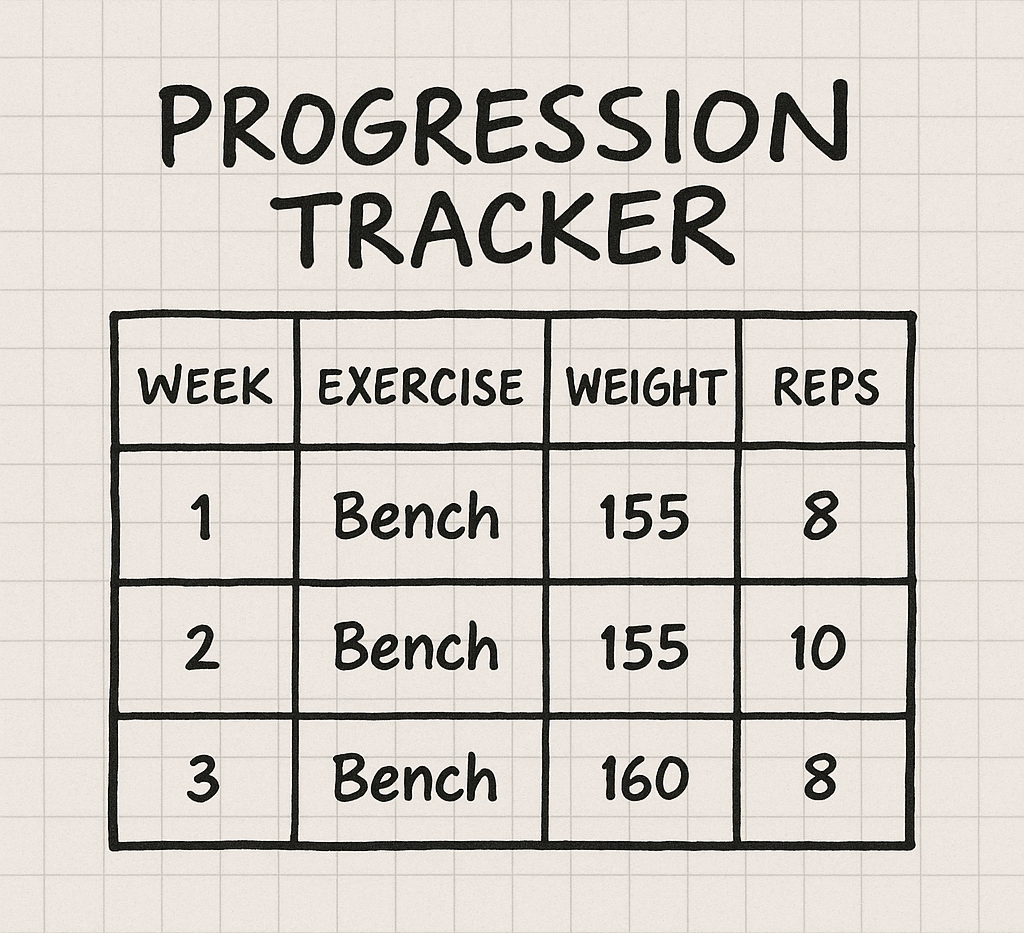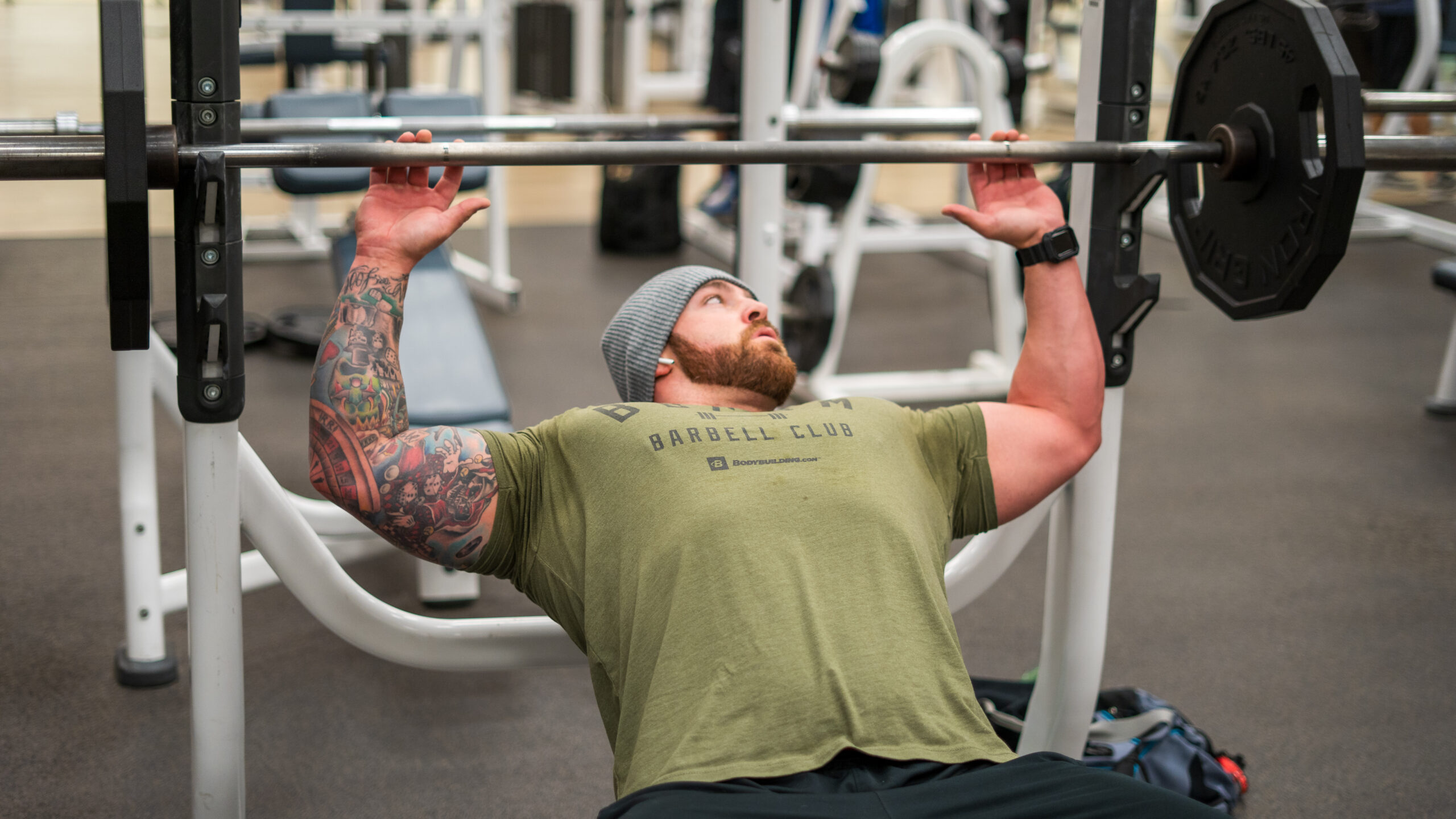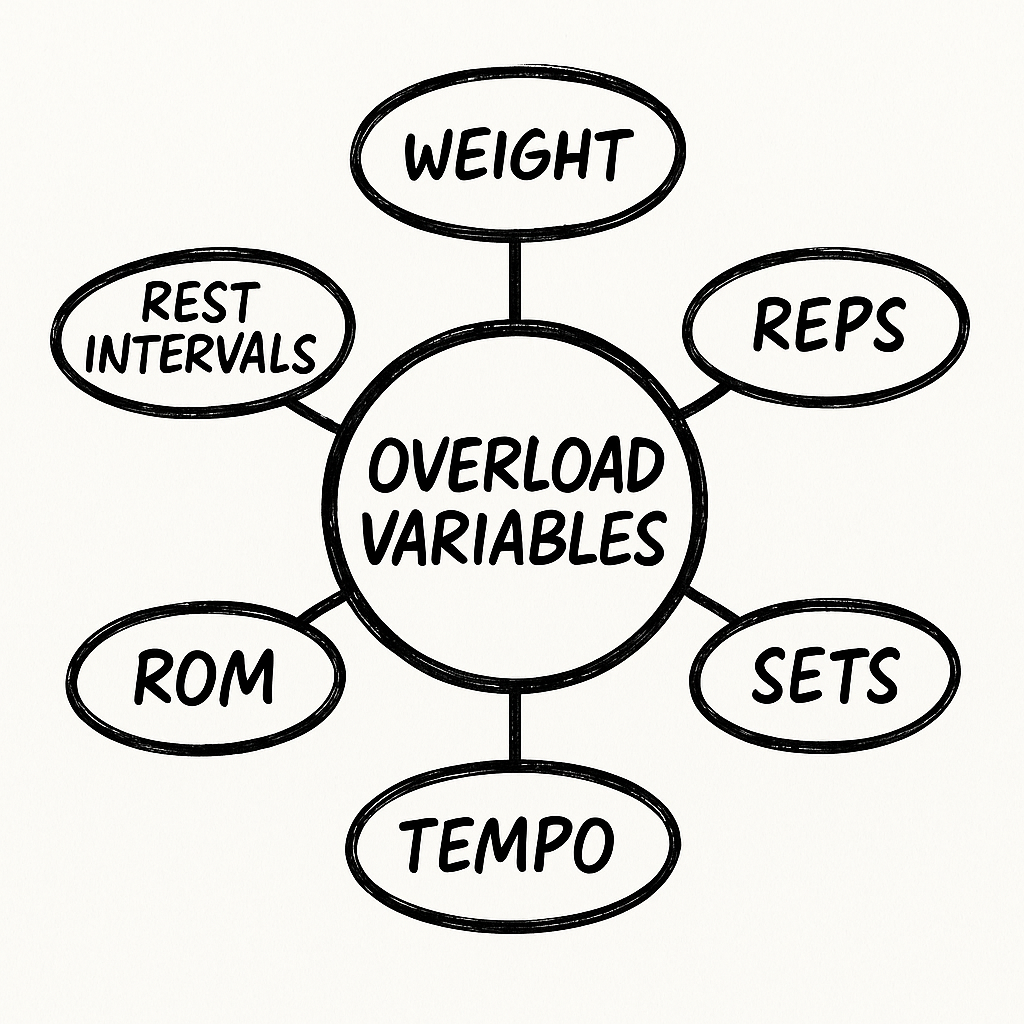Progressive Overload Explained
If you’ve been grinding in the gym, lifting weights, showing up week after week—but your body isn’t changing—this is probably the reason why.
It’s called Progressive Overload, and it’s the single most important rule in resistance training and strength progression. It is a form of overload training used in strength training to enhance muscle strength and prevent plateaus by gradually increasing the demands placed on your muscles.
Whether you’re trying to build muscle, gain strength, or finally stop plateauing, this concept is non-negotiable. This training is a structured approach within strength training that involves gradually increasing intensity, volume, or resistance to promote continuous progress and muscle adaptation. Your body only adapts when you give it a reason to.
Let’s break it down in a way your 13-year-old cousin (or even that one confused guy on TikTok) can understand—and more importantly, let’s show you how to apply it right now.
What Is Progressive Overload?
Progressive overload is the principle of gradually increasing the demands you place on your muscles so they grow stronger and adapt. The body adapts to the stress placed on it by responding to increased demand over time, which is essential for continued progress.

In plain English?
Do a little more over time. Or your body won’t change.
- Weight lifted
- Reps performed
- Training volume
- Time under tension
- Control, range of motion, or tempo
These methods gradually increase the additional stress on your muscles, prompting gradual adaptation as your body adapts to the new challenges. These changes increase training intensity and push your body beyond what it’s already used to. Gradually increasing the demand ensures continuous progress and helps you avoid plateaus.
Without it, you’re just going through the motions. No new stimulus, no new muscle.
Progressive Overload and Resistance Training: Why Most People Screw It Up
- You stay in a controlled rep range and focus on maintaining good form and proper technique during your working sets.
- You track your repetitions and performance week to week, monitoring the number of repetitions completed and ensuring each set is challenging but still manageable.
- You make small, measurable increases in resistance, progressing gradually while maintaining proper form to avoid injury.
- You manage training variables like rest intervals and total volume.
If you’re not tracking or planning progression, you’re leaving your results to chance. That’s where 90% of gym-goers stall out.
The Rep Range Rule: How to Know When to Add Weight
Here’s the simple overload method I teach to clients.

Use your rep range as your progress signal. Following the rep range rule helps increase strength and muscle strength over time by ensuring you are consistently challenging your muscles in a safe and effective way.
- You bench 100 lbs for 10 reps → ✅ Move up in weight.
- Next set, you do 105 lbs and hit 7 reps → ✅ Stay at that weight.
- Final set, you do 6 reps → You’re still in range. Solid.
- Next week, start with 105 and aim for 8+ reps.
If your range is 4 reps wide (like 6–10), you can typically increase by 5–10 lbs. If your range is narrow (like 10–12), increase by 2.5–5 lbs.
This keeps your progress systematic and sustainable.
How to Apply Progressive Overload This Week

- Pick 3–5 compound lifts you want to get stronger at. Include mobility exercises to support movement quality and reduce injury.
- Track your weights, sets, and reps. Plan your workouts and schedule rest days.
- Add a small amount of weight, an extra rep, or another set each week.
- Listen to your body. Adjust your workouts based on your fitness level.
Common Progressive Overload Mistakes
- ❌ Ego Lifting: Going too heavy, too soon. Form first.
- ❌ Not Tracking: If it’s not logged, it didn’t happen.
- ❌ Switching Exercises Too Often: Stick with a plan long enough to adapt.
- ❌ Ignoring Rest Intervals: Recovery is a variable that matters.
Backed by Science: Why Progressive Overload Works

📚 A systematic review published in Frontiers in Sports and Active Living emphasized that increasing load, training volume, or intensity over time is essential to stimulate muscle hypertrophy, strength gains, and overall performance. Another 2021 study in Sports Medicine confirmed progressive overload as the primary driver of strength development.
This isn’t bro science. It’s applied physiology backed by research.
Frequently Asked Questions
What is progressive overload in training?
Increasing your training demands over time to force adaptation.
How does progressive overload build muscle?
By consistently applying a new challenge, your body grows stronger and larger.
Can beginners use progressive overload?
Absolutely. New lifters often progress faster with it.
What rep range is best for progressive overload?
6–12 reps is great for most lifters. Higher reps also work with effort and control.
Ready to Build Muscle Without Guessing?
✅ Progressive overload built into every lift
✅ Custom macro strategy
✅ Direct access for feedback, tweaks, and results
TL;DR – Progressive Overload in 30 Seconds
- Your body won’t change unless you give it a reason to
- Pick your rep range and track your progress
- Add weight or reps when you hit the top of your range
- Stay consistent. Lift with intent. Adjust weekly
Let’s stop spinning wheels. Let’s start building.
